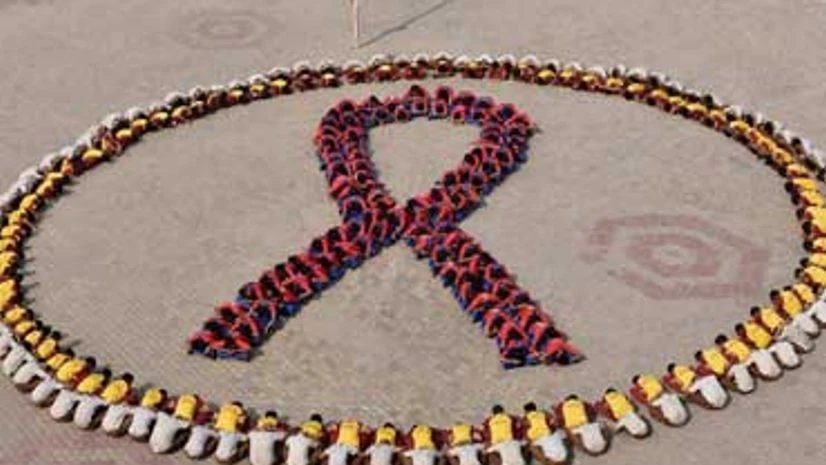Over 90 per cent of people in India who are infected simultaneously with HIV and tuberculosis have access to HIV therapy, a new study released today said.
The report by UNAIDS showed that countries are getting on the 'fast-track', with an additional one million people accessing treatment in just six months (January to June 2016).
By June 2016, around 18.2 million (16.1 million-19 million) people had access to the life-saving medicines, including 910,000 children, double the number five years earlier.
More From This Section
"Antiretroviral therapy among TB patients known to be living with HIV was 78 per cent globally, and above 90 per cent in India, Kenya, Malawi, Mozambique, Namibia and Swaziland," the report said.
Antiretroviral therapy (ART) is the combination of several antiretroviral medicines used to slow the rate at which HIV makes copies of itself (multiplies) in the body.
As far as decline in new HIV infections among children (aged 0-14 years) low and middle income countries, 2010-2015 was concerned, for India measures were not available, the report said.
However, percentage of pregnant women living with HIV receiving antiretroviral medicines (either prophylaxis or lifelong therapy) to prevent mother-to-child transmission, low and middle income countries, 2015, for India it was between 33-65 per cent, the report said.
Globally, access to HIV medicines to prevent mother-to-child transmission of HIV has increased to 77 per cent in 2015 (up from 50 per cent in 2010) as a result of which new HIV infections among children have declined by 51 per cent since 2010.
'Get on the Fast-Track: the life-cycle approach to HIV' was launched today in Windhoek, Namibia, by Namibian President Hage Geingob and the Executive Director of UNAIDS, Michel Sidibe, a press statement on the UNAIDS said.

)
